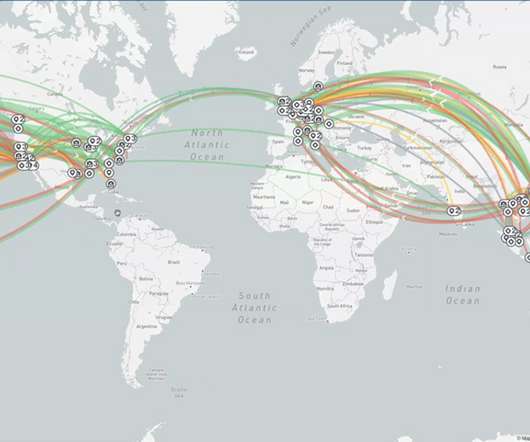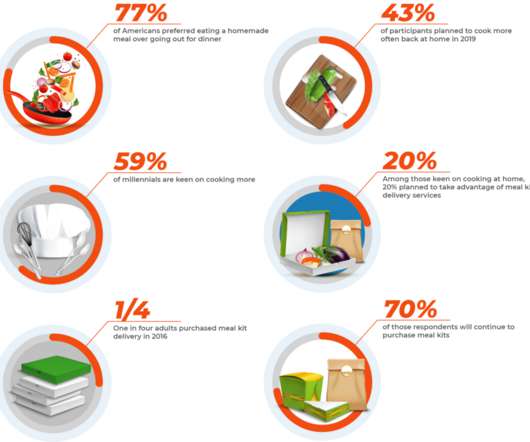6 Manufacturing Trends to Watch Out for in 2016
GlobalTranz
DECEMBER 7, 2015
As we close the year of 2015, we want to take a look at some manufacturing trends for 2016. We look at 6 core areas that manufacturing companies will take a long look at as they gear up for a successful 2016. E-Commerce for Manufacturing. Manufacturers will seek custom (or specifically tailored) e-commerce solutions.















































Let's personalize your content